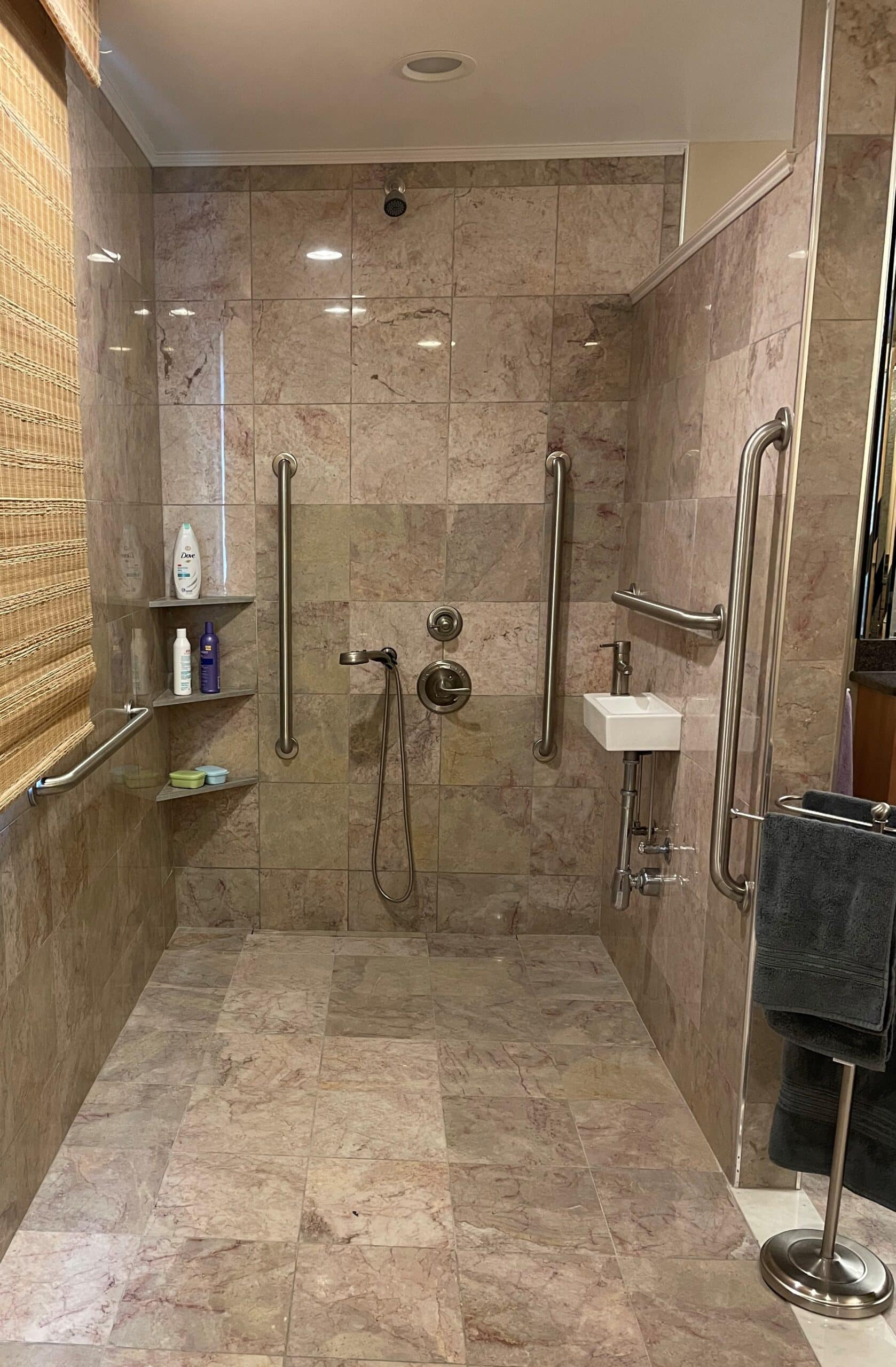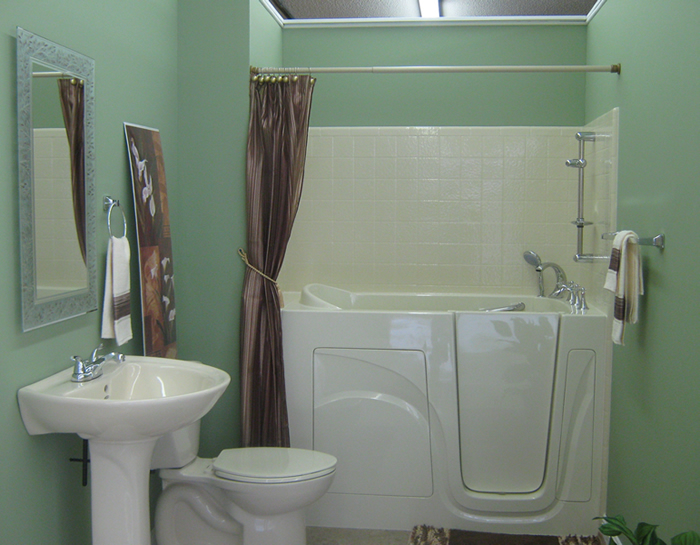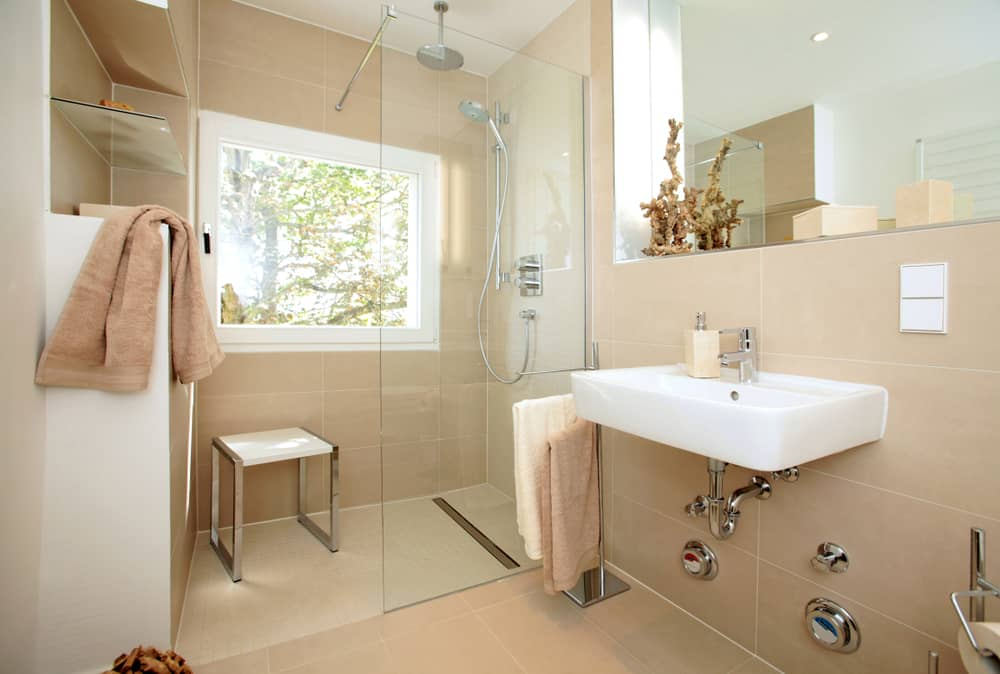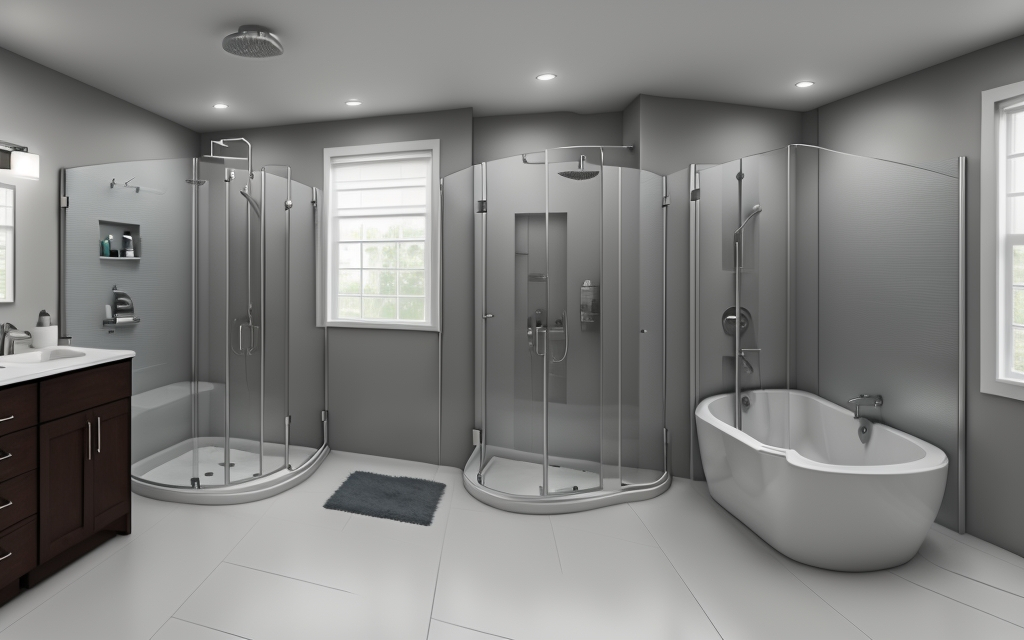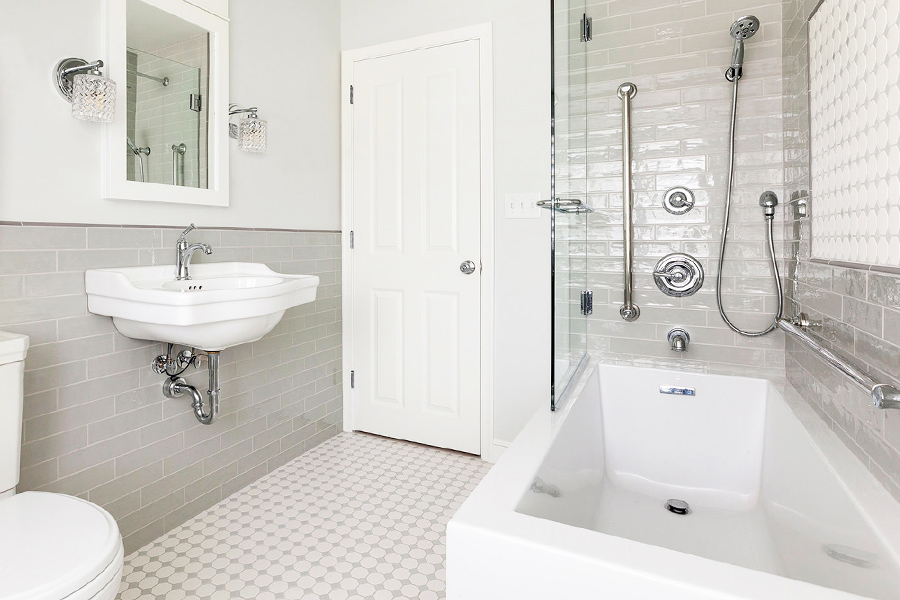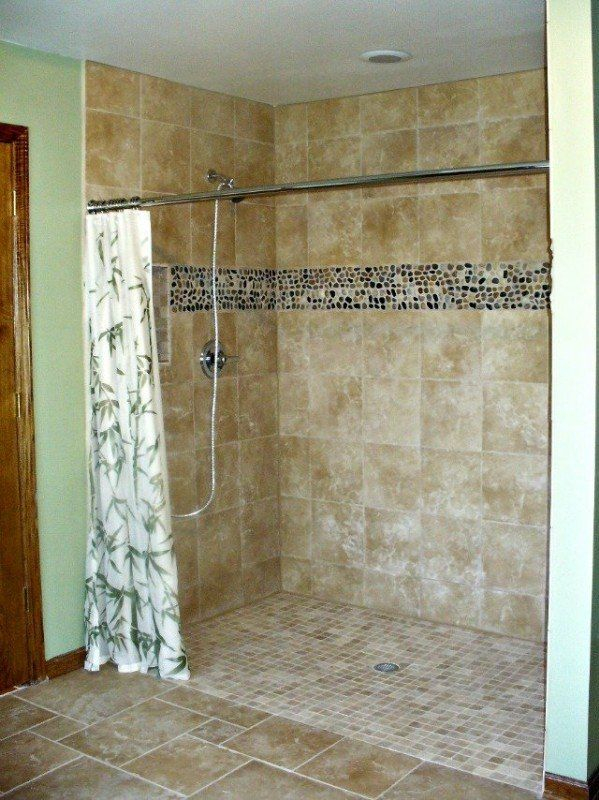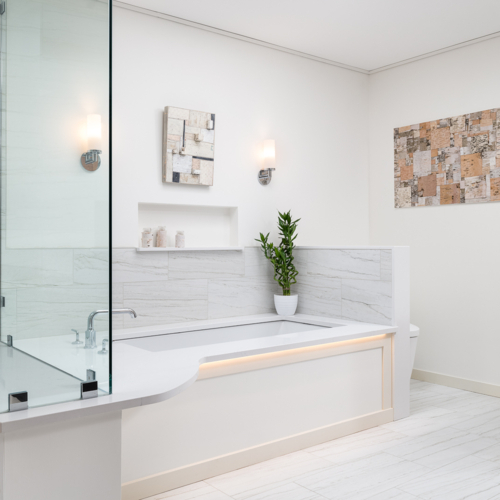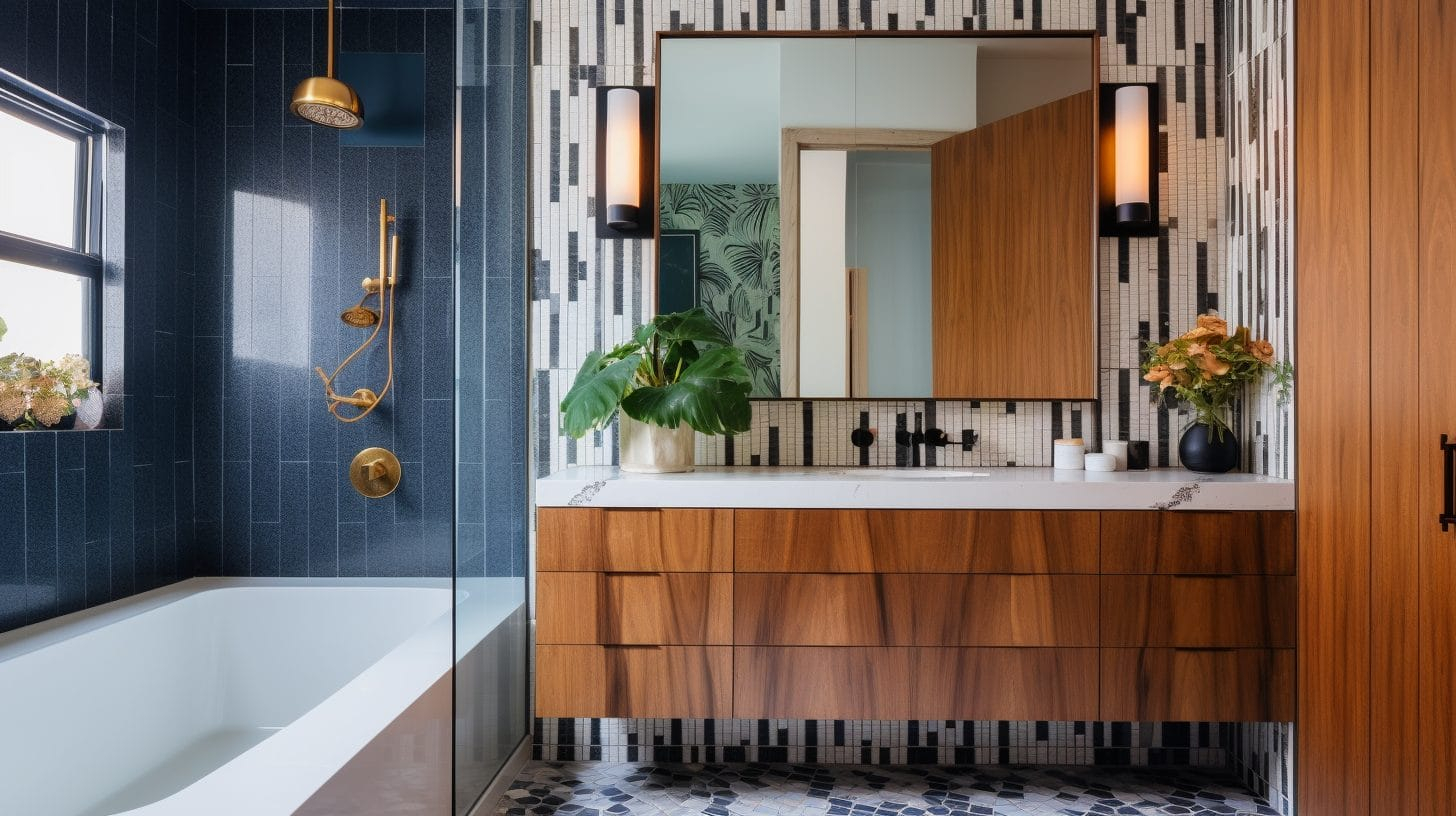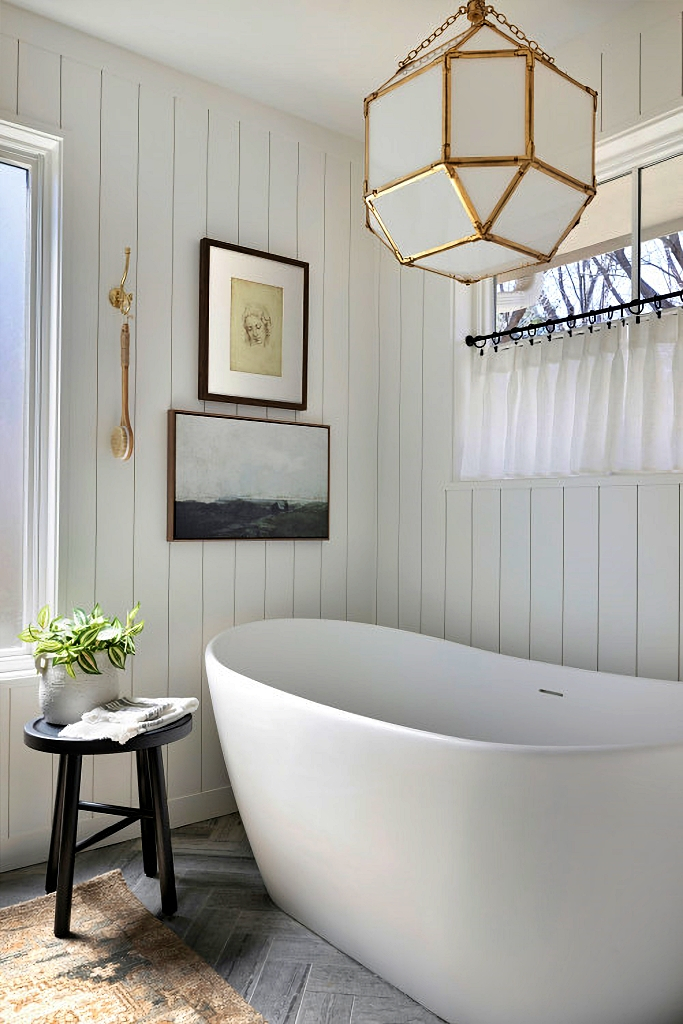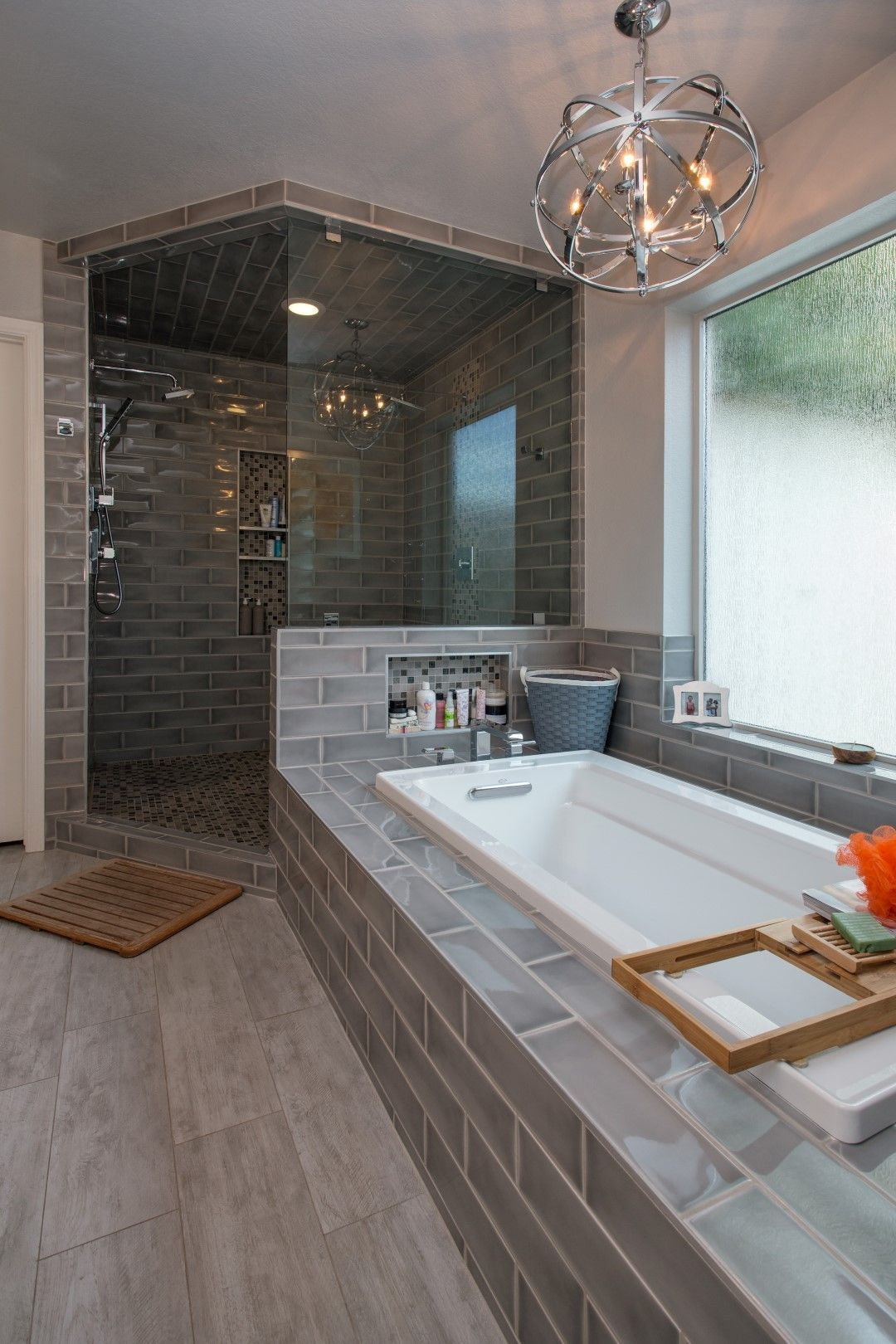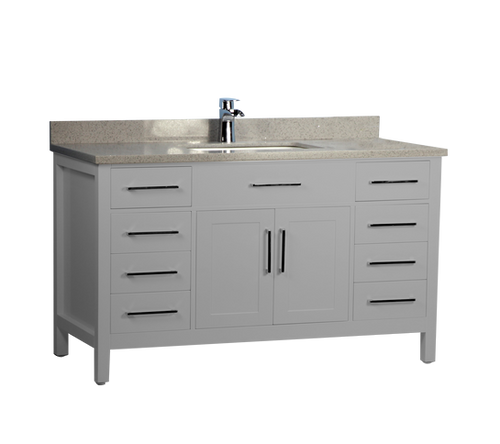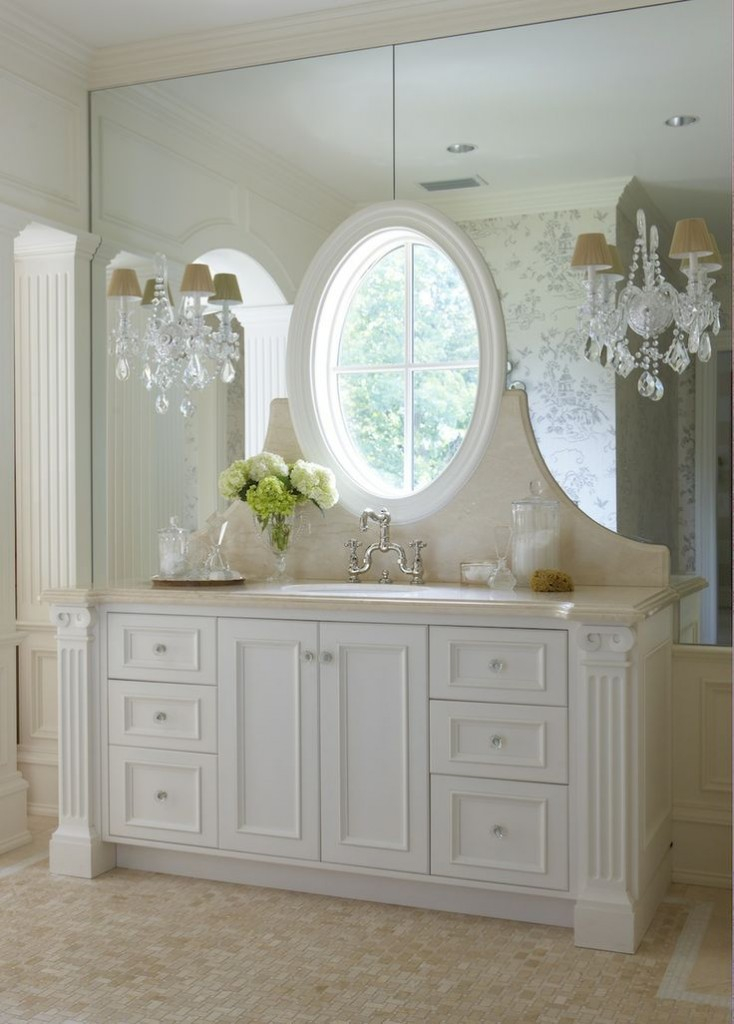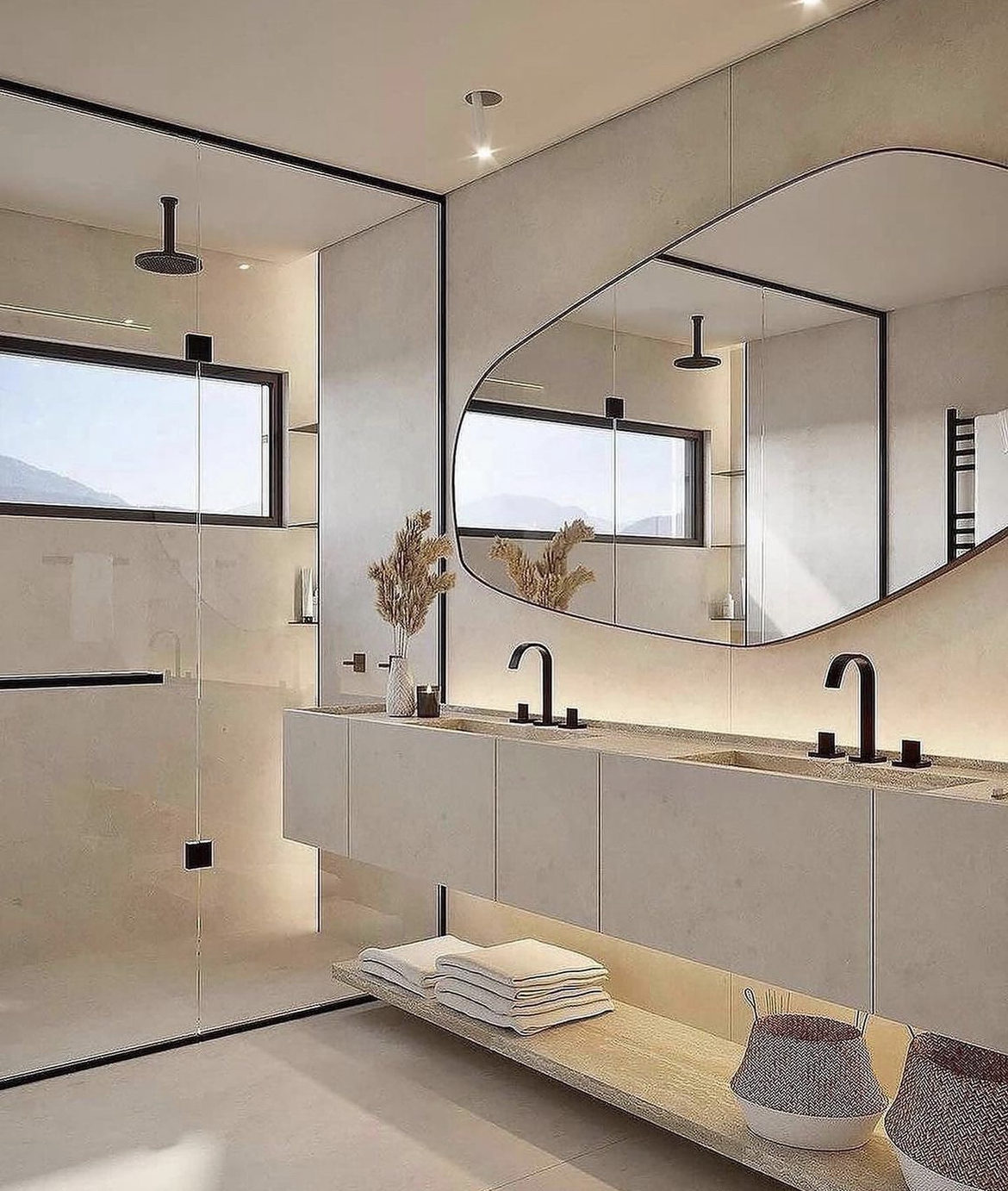The bathroom. It’s one of the most personal spaces in our homes, and for many, it’s also one of the most challenging as we get older. Falls, difficulty with mobility, and the simple need for a bit more assistance can make this essential room a source of worry. But what if technology could lend a helping hand, transforming the bathroom into a haven of safety and independence? Let’s explore how smart bathroom solutions are making a real difference for seniors who wish to continue living life on their own terms.
For many of us, the desire to remain in our familiar surroundings, surrounded by cherished memories, is paramount as we age. This concept, often called ‘aging in place,’ is a beautiful aspiration. And when we talk about aging in place, the bathroom often comes up as a critical area. It’s a place where slips and falls can happen all too easily, and where personal care routines require a certain level of comfort and ease. Thankfully, innovation is stepping in. Smart bathroom solutions aren’t just about fancy gadgets; they’re about practical, thoughtful designs that support dignity, safety, and continued independence for our aging loved ones, and for ourselves.
Smart Showers and Tubs: Safety First
When you think about bathroom safety, the shower or tub is probably the first place that springs to mind, right? It’s understandable. Wet surfaces and limited mobility can be a recipe for disaster. But smart technology is offering some really clever answers here.
Take, for instance, smart shower systems. These can be programmed with preset water temperatures, eliminating the risk of scalding – a serious concern for those with sensitive skin or slower reaction times. Some even feature voice activation, so you don’t have to fiddle with knobs when your hands are wet or soapy. And what about getting in and out? Walk-in tubs are a fantastic option, with their low thresholds and built-in seating. Add to that features like integrated grab bars and non-slip flooring, and you’ve got a much more secure bathing experience. It’s about reducing those everyday risks so bathing remains a pleasant and safe ritual, not a daunting task.
Smart Toilets: Enhanced Comfort and Hygiene
The toilet is another area where smart technology is making significant strides, focusing on both comfort and hygiene. Modern smart toilets are far more than just a place to sit. Many come with features like heated seats – a small luxury that can make a big difference on a chilly morning.
Then there are the bidet functions, which offer a superior level of cleanliness compared to traditional methods. This can be incredibly beneficial for individuals who may have reduced dexterity or find traditional cleaning methods challenging. Adjustable water pressure and temperature settings allow for a personalized and comfortable experience. Some even include warm air dryers, reducing the need for toilet paper and enhancing personal hygiene. It’s about promoting dignity and ease in a very personal aspect of daily living.
Smart Lighting and Fall Prevention
Good lighting is fundamental in any bathroom, but it becomes even more critical as we age. Dimly lit bathrooms can increase the risk of stumbles and falls. Smart lighting systems can dramatically improve safety. Imagine motion-activated lights that gently illuminate the path to the toilet in the middle of the night, without being glaringly bright.
Some systems even allow for customizable light levels and colors, which can help with visibility and create a more calming environment. Beyond lighting, consider smart sensors. These can be discreetly placed to detect falls. If a fall occurs, they can automatically alert a caregiver or emergency service, providing invaluable peace of mind for both the individual and their family. It’s proactive safety, ensuring help is available when it’s needed most.
Smart Vanities and Accessibility
Even the vanity area can be made smarter and more accessible. Think about adjustable height vanities that can be lowered for someone using a wheelchair or raised for someone who prefers to stand. This simple adjustability can make a world of difference in convenience and usability.
Integrated sinks with easy-to-use faucets, perhaps with touchless operation or lever handles instead of knobs, further enhance accessibility. Storage solutions can also be part of the smart design – pull-out shelves, easy-reach drawers, and even automated medicine dispensers can all contribute to a more functional and user-friendly space. It’s about making every interaction in the bathroom as effortless as possible.
The Role of Smart Assistants and Connectivity
What ties many of these smart bathroom solutions together? Smart assistants, like voice-activated speakers. Imagine being able to turn on the lights, adjust the shower temperature, or even call for help, all with a simple voice command. This hands-free operation is a game-changer for individuals with limited mobility or dexterity.
These connected devices can also integrate with other smart home systems, creating a more seamless and supportive living environment. The ability to control aspects of the bathroom remotely, or to have devices communicate with each other, adds another layer of convenience and safety. It’s about creating an ecosystem of support that simplifies daily routines and provides reassurance.
Making the Transition: Practical Considerations
Thinking about implementing smart bathroom solutions can feel a bit overwhelming, can’t it? Where do you even begin? The first step is to assess individual needs. What are the specific challenges being faced? Is it mobility, vision, or something else?
It’s also important to consider the ease of use. Technology should simplify, not complicate. Look for intuitive interfaces and reliable systems. Installation is another factor; some solutions are plug-and-play, while others might require professional help. And, of course, budget plays a role. Start small if you need to, perhaps with a smart showerhead or improved lighting, and build from there. The goal is to create a safer, more comfortable, and more independent bathroom experience, tailored to the person who will be using it.
The bathroom is indeed a vital space for maintaining independence and dignity. By embracing smart bathroom solutions, we can transform potential challenges into opportunities for greater comfort, safety, and autonomy. These technologies aren’t just about keeping up with the latest trends; they are about empowering individuals to live their lives fully and on their own terms, right in the comfort of their own homes. It’s a future where aging doesn’t mean sacrificing independence, and where technology serves as a supportive companion, enhancing well-being one smart bathroom at a time. It’s a truly wonderful prospect.

